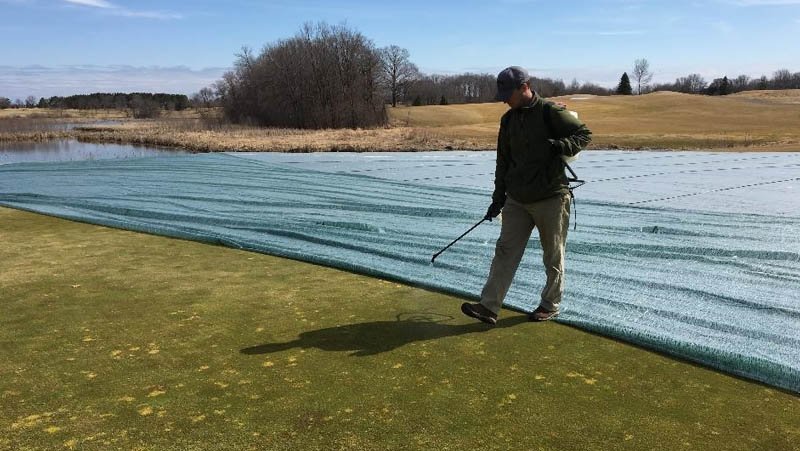
Studies conducted by researchers at the University of Minnesota showed that late-season applications of plant growth regulators could prove detrimental to spring green up, or worse, have no effect at all other than impact a superintendent’s bottom line.
Trials were conducted in 2017 at three courses in the Minneapolis-St. Paul area, testing the effects of paclobutrazol, prohexadione calcium and trinexapac-ethyl on a variety of cool-season grasses.
Their advice to superintendents in Minnesota is to follow current PGR guidelines and cease applications by mid-September.
Researchers wanted to learn whether these products, if applied in early October, would: 1. injure turfgrass, 2. impact spring turfgrass quality and recovery, 3. have any effect at all, and 4. reveal whether mixture combinations are better than single product applications.Each chemistry was applied at varying rates at all three properties, and results were measured on Oct. 13 and Oct. 24.
According to the results, no differences from any applications were detected on creeping bentgrass on the first collection date, and the annual bluegrass and Kentucky bluegrass stands at at least one site were injured on the second collection date.
The researchers determined that late fall PGR applications are too risky, that they might injure turf and delay spring recovery. In some instances, they might have no effect at all, and thus the expense might not be justified.

